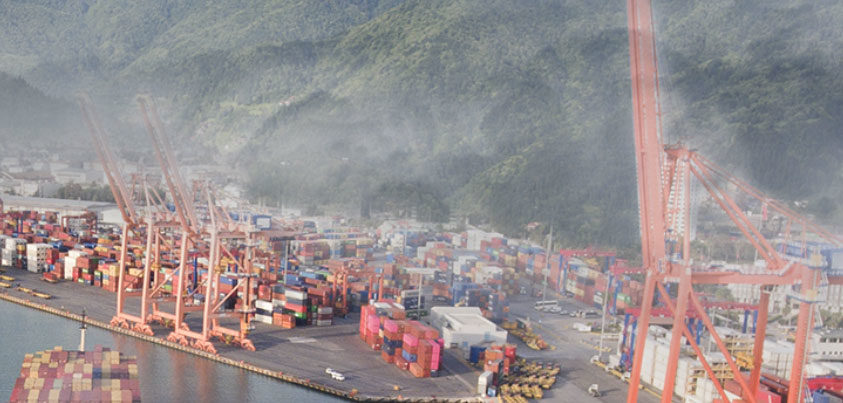Winds of change: Report quantifies cost impact of “environmental risks”
Climate change could cost companies a cumulative $120 billion by 2026, CDP study says.

Despite the disruptions and distractions of the pandemic, a growing number of companies have stepped up their efforts to combat an even larger challenge: climate change. And it’s not hard to see why. Businesses are facing billions of dollars in added costs from environmental risks in their supply chains, according to CDP, a global nonprofit that runs an environmental disclosure system for companies, cities, states, and regions. In a report released last month, the group estimated that these risks could collectively cost companies a whopping $120 billion by 2026.
The environmental risks causing the cost increases stem from climate change, deforestation, and water-related impacts, CDP said. Those changes could include increased severity and frequency of cyclones and floods; increased cost of raw materials; and regulatory and market changes through climate remediation steps like carbon pricing and product innovation due to changing customer demands.
And since most supply chains operate on tight margins, those increased costs are expected to be passed along to the companies’ customers and, ultimately, to consumers, CDP said in its report, Transparency to Transformation: A Chain Reaction.
In response, big corporate buyers are increasingly pressuring their suppliers to be transparent on environmental impacts and take action to address them. CDP reports that the number of buyers requesting disclosure through CDP’s system in 2020 grew by 24% over 2019 and that they collectively requested data from more than 15,600 suppliers, a 19% increase over the previous year.
Related Articles
Copyright ©2024. All Rights ReservedDesign, CMS, Hosting & Web Development :: ePublishing